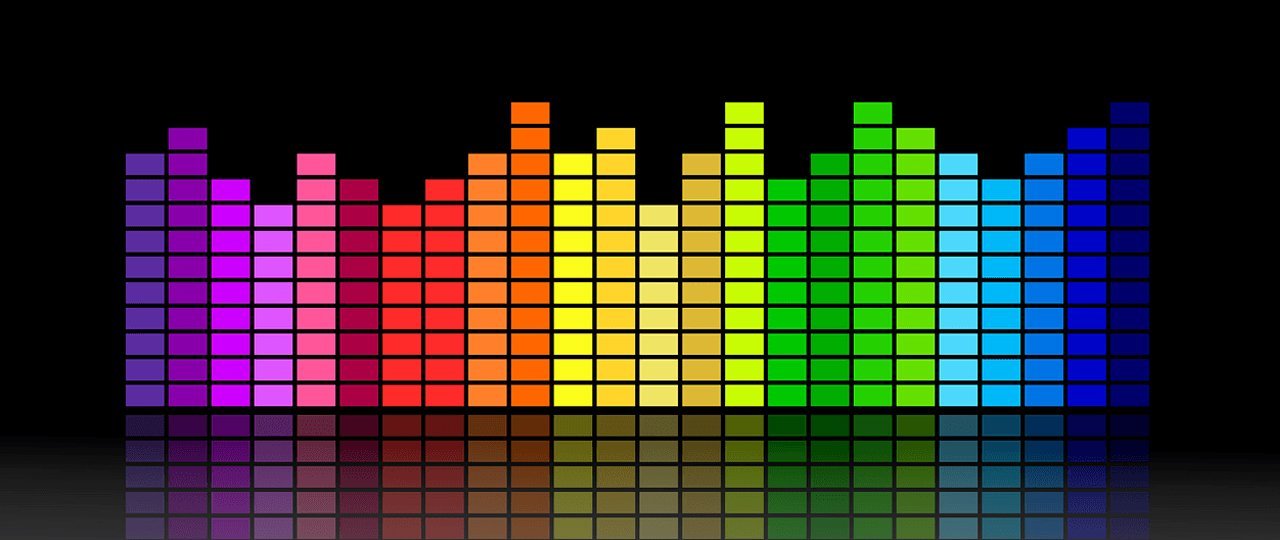We all are familiar with the Frequency Response graphs that are usually released whenever new audio equipment like Speakers, IEMs, and headphones are announced or released. They reflect the sound signature characteristics of the said devices. They are also sometimes featured on the packaging of the products. But what do they reflect? How are they made? What is their actual use?. Today we are going to answer all these questions for you!! So let’s begin on today’s hot topic.
What is a Frequency Response Graph?

Each and every sound in this universe generates a corresponding frequency response. It is up to the quality of the audio product that how deep and high in the frequency range it responds. Frequency Response Graph is an X-Y graph that describes the sound response across a wide frequency range for audio equipment. The X-axis stands for different frequencies starting with 5Hz-20Hz and goes up to 40kHz for Hi-res equipment. The Y-axis shows us the corresponding sound response in Decibels(dB) for the said equipment. While this graph doesn’t tell us about the clarity and overall tonality of the output, it provides us an idea about the sound signature of the product. Once we get familiar with reading these frequency graphs we can get an idea of the sound signature for the said audio product that can help us in deciding for our next purchase.
For example, a product with elevation in low frequencies(20Hz-200Hz) will reflect a powerful, impactful lower-end response. A dip in mid frequencies(200Hz-2kHz) reflects recessed mid-frequencies. The normal human range of hearing is 20Hz-20khz, which means that a normal human being can listen to sounds at frequencies as low as 20Hz and as high as 20kHz. Today’s HiFi Headphones & IEMs have a wide frequency response range that starts at 5Hz and goes as high as 40kHz.
Understanding Frequency Response Graphs:-
To understand these curves on Frequency graphs one needs to learn the basics of what sound responds at what frequencies. By reading a graph we can get an idea of how a pair might perform across a given frequency range. It’s useful to understand the principles of frequency response range. Once we are clear on our basics about different frequency ranges, We can easily compare different audio products based on their graphs. For this, you should check out the following chart where we have broken down different sounds according to their corresponding frequencies.

Here according to this chart, frequencies below 200Hz depict the lower end or Bass, 200Hz-2kHz are our mid frequencies, and 2kHz-40kHz shows us the high and ultra-high frequencies respectively.
Now a dip between 200Hz-2kHz will tell us a V-shaped signature(Recessed mids and elevated bass and treble frequencies). With this, we can make an idea of any audio product about its overall output signature and decide on whether it will suit our preferences or not. For example, a person who likes upfront vocals should look for mid-frequency focused products, a person who likes to listen to EDM, Hip-Hop music, and likes extra bass, should consider products with elevation in the lower end. Whilst being able to read a frequency chart will not allow us to choose a better-sounding headphone, it allows us to get a rough idea of what that audio product is capable of achieving.
So, the basic use is quite clear to us, to provide us an idea about how particular audio equipment sounds like, giving an idea to us about their sound signature.
How to create Frequency Graphs for your audio gears?
To make a frequency response graph, one needs a frequency measuring rig. For speakers, frequency graphs are produced by testing the products in recording studios. When music is played through the them, the resulting sounds produced are recorded and plotted on the Frequency response graph. The graphs record sound response in decibels(DB) across a wide frequency range in Hertz(Hz).
For testing IEMs and headphones, specially designed devices are used to capture the played sound and records the frequency graph. One such device is miniDSP Ears(available here). The miniDSP EARS is a testing rig that uses microphones fitted in simulated ears to record data via a computer connection. Test tones are played through a pair of headphones fitted on the device. The device comes pre-assembled as a unit consisting of a pair of molded silicone ears with embedded microphones, a rectangular USB interface box holding the ear plates, and a stamped steel stand. The stand is rounded on top to approximate the top of a human head and to hold the headphone band. There are several other Measurement Rigs available in the market but this is by far the most affordable and quite accurate in making HiFi audio graphs.

We are pretty sure we were able to answer all your question that you might have regarding Frequency Response Graphs and this will help you in deciding your next purchase!! For any more queries feel free to contact us on our Facebook page here or write us at support@hifigo.com. Check out our wide range of HiFi audio products at our online store here.




Leave a comment
All comments are moderated before being published.
This site is protected by hCaptcha and the hCaptcha Privacy Policy and Terms of Service apply.